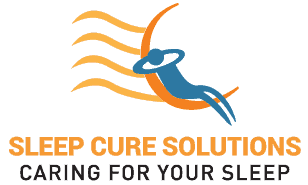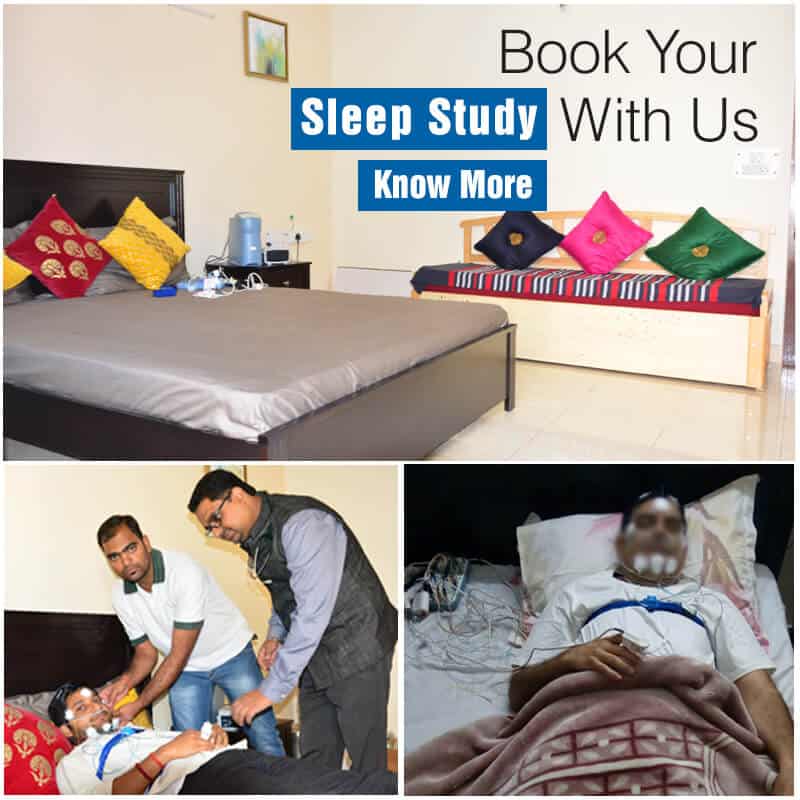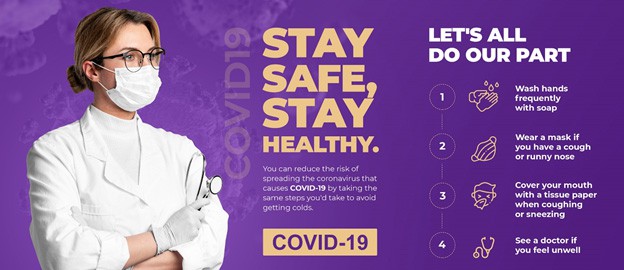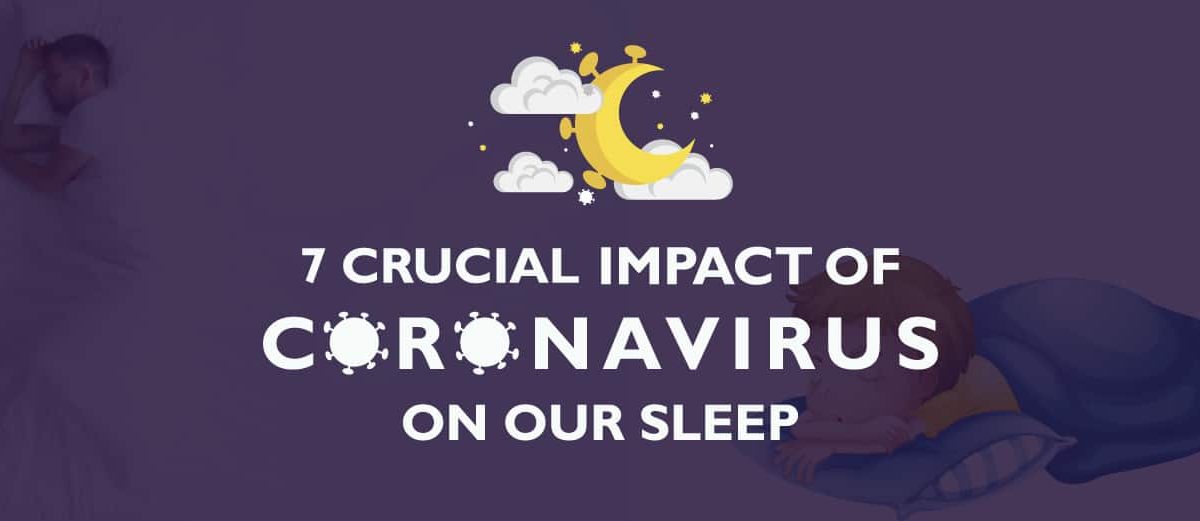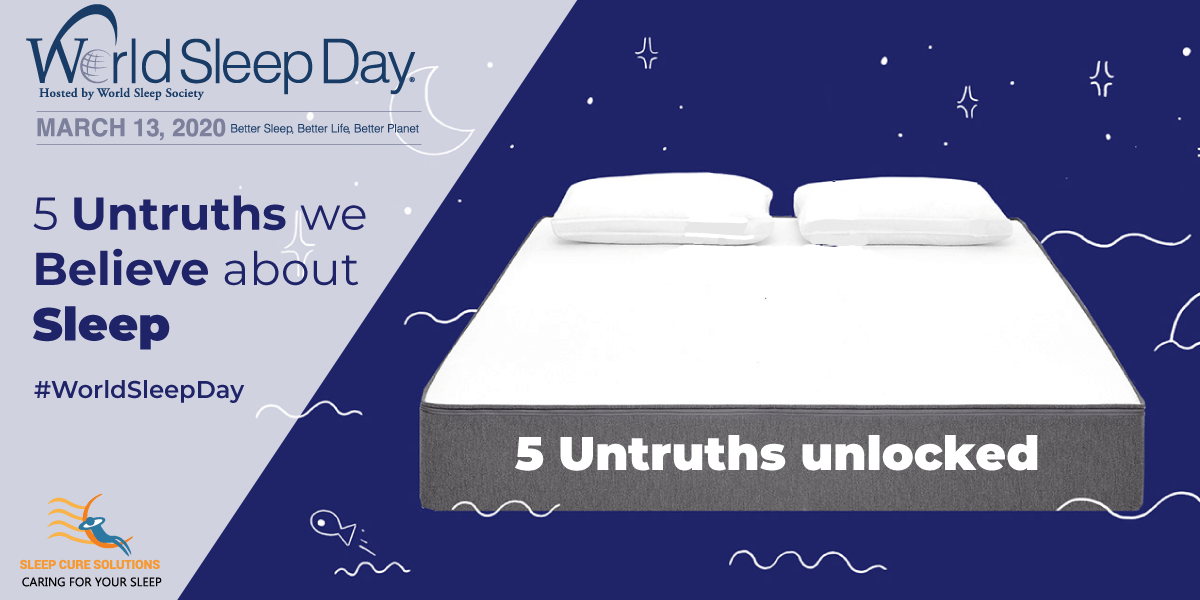Here’s how you should be preparing for it..
Based on your doctor’s recommendations, or your own online research, you’ve scheduled to have a Sleep Study performed to help you better understand why your sleep habits are adversely affecting your life. Regardless your symptoms include chronic wheezing, endless snoring, pauses or gasps during sleep, excessive daytime lethargy, falling asleep at unsuitable times, inconvenience in falling asleep at all, or various other sleep related ailments or remedial conditions, having a sleep study performed can help you get to the bottom of your ailment, and start getting the treatment you need to better your life.
At Sleep Cure Solutions, we help hundreds of people every year with their sleep inconveniences, regularly through having them come in for an in-lab sleep study. A considerable lot of our customers have posed similar inquiries you’re presumably thinking at this moment: “What is a sleep study, how does it work, and how do I prepare for it?” Our sleep medicine technologists are prepared for all of these inquiries; and are also trained to provide you with a safe, relaxing, and comfortable experience that’s based on your specific healthcare needs.
However, for those of you, who want a clearer vision and come prepared for the polysomnogram, this article will answer your questions and to help you in attaining a better understanding of the processes involved in your upcoming sleep study.
Polysomnogram or Overnight Sleep Study
A polysomnogram is an overnight sleep study that records brain activity, eye movements, heart rate, blood pressure, oxygen levels, body movement, and more. Polysomnograms are used to help diagnose sleep related breathing disorders, such as Obstructive Sleep Apnea (OSA), Seizure Disorders, and movement disorder like Periodic Limb Movement Disorder (PLMD).
The tests are directed in a way that takes into account a full scope of information gathering for the sleep physician to decipher and infer, regardless of the possibility that the outcomes yielded are tempered by the nervousness your subconscious mind.
What Happens During an Overnight Sleep Study?
When you arrive for your sleep study, you will be met by an enrolled polysomnographic technologist who will be overseeing your sleep study. They will by and large go over your medical history, have you round out any required forms, and assess with you what the study will involve. After gathering your health history and additionally some vitals like your heart rate, the tech will apply screens to see for action in your body as you rest. This will ordinarily include:
1) Small cup electrodes are attached to your scalp with the help of wires to measure brain activity.
2) Wire electrodes are taped to your face near the eyes and chin to show muscle activity. These electrodes are used to measure eye movements, thus giving clues to sleep stages.
3) Elastic belts are fastened around your chest and stomach to measure breathing effort.
4) A nasal cannula (clear plastic tubing) and small heat monitor to measure all breathing activity.
5) A wire electrode on each leg to measure muscle activity.
6) A monitor taped to your finger to detect oxygen levels during the study.
7) 2-3 lead EKG monitors to show heart rate and rhythm.
8) A small mic applied to your throat to detect snoring.
After you are hooked up to the different machines that will support in taking up the required readings, the sleep expert starts noting down the observation while sitting in the room adjacent to yours. The communication that will take place between you and the technician will be done through an installed intercom system. A series of tests are performed on each device to check the authenticity of the results obtained, and to calibrate the equipment. At the point when the alignments are concluded you are urged to rest, while giving you a chance to take after your own particular schedule. When the calibrations are finalized you are encouraged to sleep, while letting you follow your own routine.
Sleeping during an In-lab Sleep Study
Having the capacity to rest serenely outside of one’s own bed while snared to a heap of wires seems like an unimaginable task. But it’s not. It rarely happens that a sleep study failed because of the patient’s lack of sleep. Regardless of the possibility that you surmise that you didn’t get any rest amid your overnight sleep pattern study, you might be astonished to find that you dozed a great deal more than you could recall. Furthermore, irrespective of the possibility that you truly didn’t get your fill of sleep amid your review, odds are you slept enough to provide a sufficient measure of information for the analysis.
What Happens After A Sleep Study?
In the morning, once you wake up, the monitors and wires are removed before you are allowed to go home or to work. The data collected is then scored by the technician and evaluated by the Sleep Specialist Dr Himanshu Garg who then draws inference, while keeping in mind your medical history. Once it is done, you are contacted, and if a sleep disorder is detected, possible treatments for the condition will be discussed in the meeting.
At Sleep Cure Solutions, we pride ourselves on providing our patients with the best (and most current) information available regarding everything sleep related. If you have any further questions about sleep studies, sleep disorders, or any other sleep associated questions, feel free to call us at 9871613322,9871162255 and 0124 4104679.
